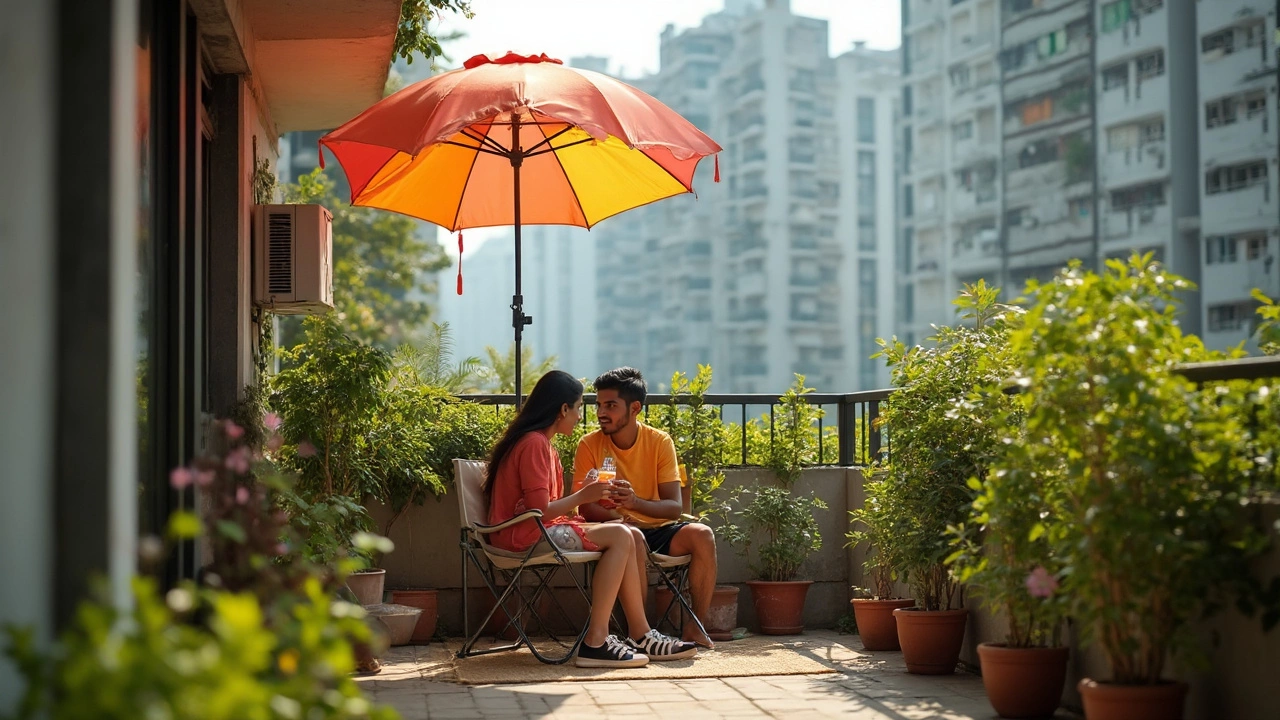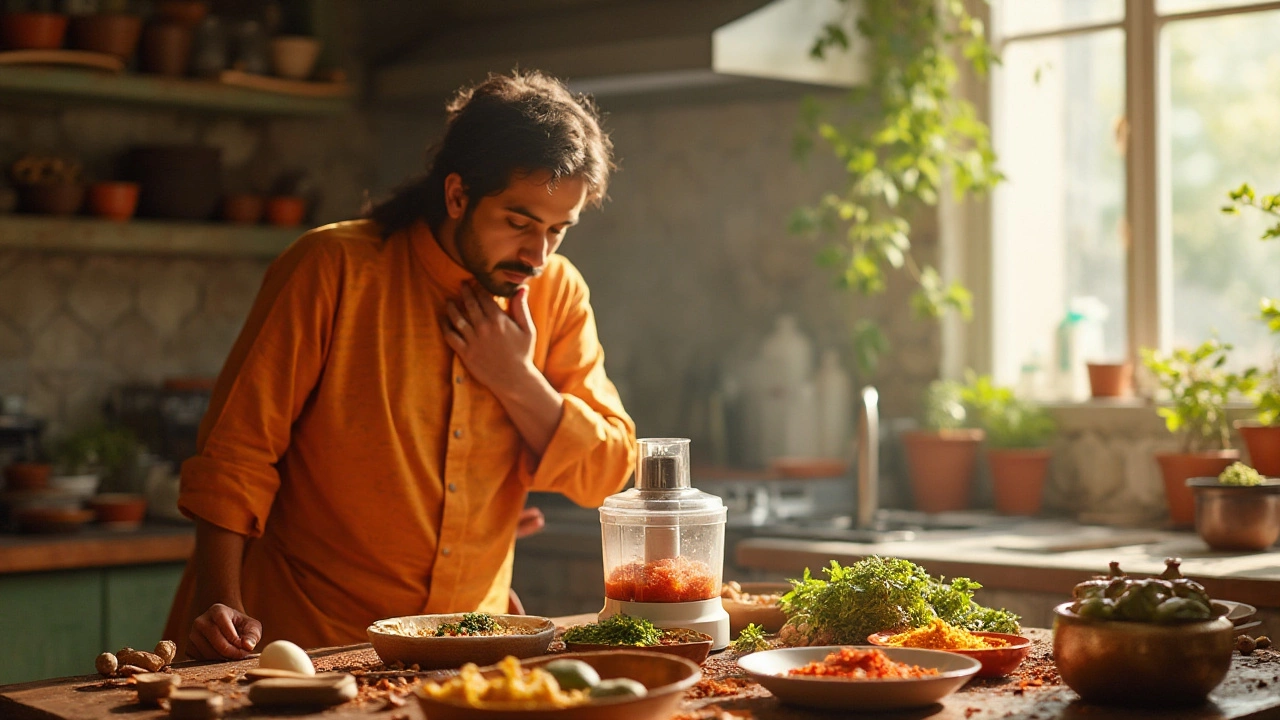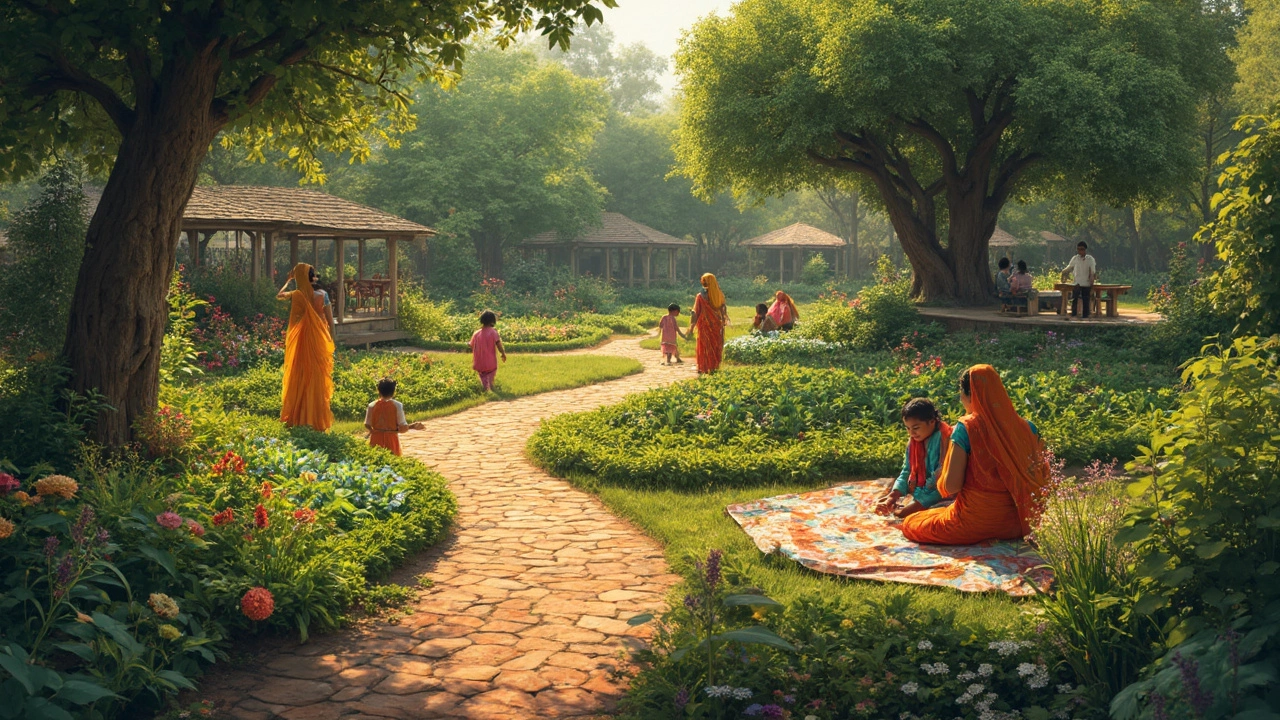Balcony Shade: How to Keep Your Balcony Garden Cool and Happy
When working with Balcony Shade, a method of blocking or diffusing sunlight on a balcony to protect plants and create comfort. Also known as balcony sun blocker, it helps balance light, temperature, and moisture for small‑space gardening.
Balcony shade does more than just block glare; it reduces heat stress, slows water loss, and shields delicate foliage from harsh UV rays. The result is healthier growth, fewer wilting episodes, and lower watering needs. In hot Indian summers, a well‑planned shade can cut midday temperatures by several degrees, making the balcony a pleasant spot for both plants and people.
One of the most common ways to use shade is alongside a Container Garden, a collection of plants grown in pots or baskets on a balcony or terrace. Containers heat up quickly under direct sun, causing soil to dry out faster. By adding shade, you create a more stable micro‑climate, which means the soil stays moist longer and roots don’t scorch. This synergy also means you don’t have to water your pots daily—something the article “Should I Water My Container Garden Daily?” explains in depth.
Key Elements of an Effective Balcony Shade Setup
To get the most out of your shade, pair it with Drip Irrigation, a low‑pressure water delivery system that places water directly at the root zone. Drip lines run beneath the shade fabric, delivering water where it’s needed without evaporating in the sun. This combination cuts water waste, cuts your utility bill, and keeps plants hydrated during the hottest part of the day.
The material you choose for your shade matters. UV‑Resistant Fabric, a textile treated to block harmful ultraviolet radiation while allowing airflow is the gold standard. It lets breeze pass, preventing mold, while still filtering enough light to protect foliage. Many gardeners also use Outdoor Curtains, fabric panels that can be drawn back or closed like a window shade for flexible control. When the sun is mild, pull them aside; when it’s scorching, close them for full protection.
If you prefer a more compact solution, Roll‑up Blinds, mechanical or manual shade screens that retract into a housing when not needed are a sleek option. They can be mounted on railings and adjusted in seconds, giving you precise control over light intensity. Both curtains and roll‑up blinds work well with the same UV‑resistant fabrics, so you can mix and match based on style and budget.
Choosing the right plants makes shade even more rewarding. Species that thrive in partial shade—like impatiens, begonias, and many herbs—will flourish under a filtered light regime. The article “Easiest Flowers to Grow” lists several low‑maintenance blooms that love a bit of shade, reducing the need for constant pruning or pest control. Pair these with self‑watering pots, and your balcony becomes a low‑effort oasis.
When you set up your balcony shade, think of it as a small ecosystem. The shade fabric influences temperature; the drip system controls moisture; the plant choices determine how much light they need. Together they create a balanced environment that mimics natural forest understories, where many edible and ornamental plants thrive. This holistic view is why the posts on water management, soil rehydration, and plant selection all fit under the same shade umbrella.
Below you’ll find a curated list of articles that dive deeper into each of these topics—daily watering myths, best plastics for shade structures, drip‑irrigation DIY guides, and more. Whether you’re a balcony‑gardening beginner or looking to fine‑tune an existing setup, the resources ahead will give you practical steps to turn sunlight into an ally, not an enemy. balcony shade strategies await you in the collection below.
How to Create Shade on a Small Balcony: Easy and Clever Ideas
Trying to chill on a small balcony but getting roasted by the sun? This guide gives you no-nonsense, practical ways to add shade without eating up precious space. From compact umbrellas to crafty DIY hacks, get real-world tips anyone can try—even renters. Plus, simple advice on picking the right shade solutions for both sunny days and plant protection. Let’s make your balcony a spot you actually want to hang out, even in summer.
- manufacturing
- India
- food processing
- garden tips
- rice cultivation
- government schemes
- balcony garden
- urban gardening
- balcony gardening
- profitable business
- business ideas
- plastic manufacturing
- drip irrigation
- plant care
- steel manufacturing
- sustainable gardening
- startup ideas
- steel industry
- flower gardening
- textile manufacturers






